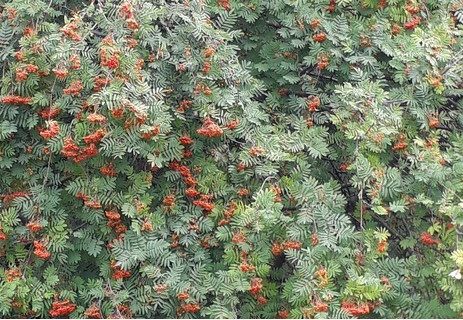Shrubs with berries – nice for us & the birds
Winter is a time when gardeners can do a lot to support wildlife, including providing a great source of food, especially for birds. Birds remain active all through the winter and in the UK we have many migrant species that arrive here from colder countries in search of food. As a wildlife gardener I am often asked about bird feeders...

